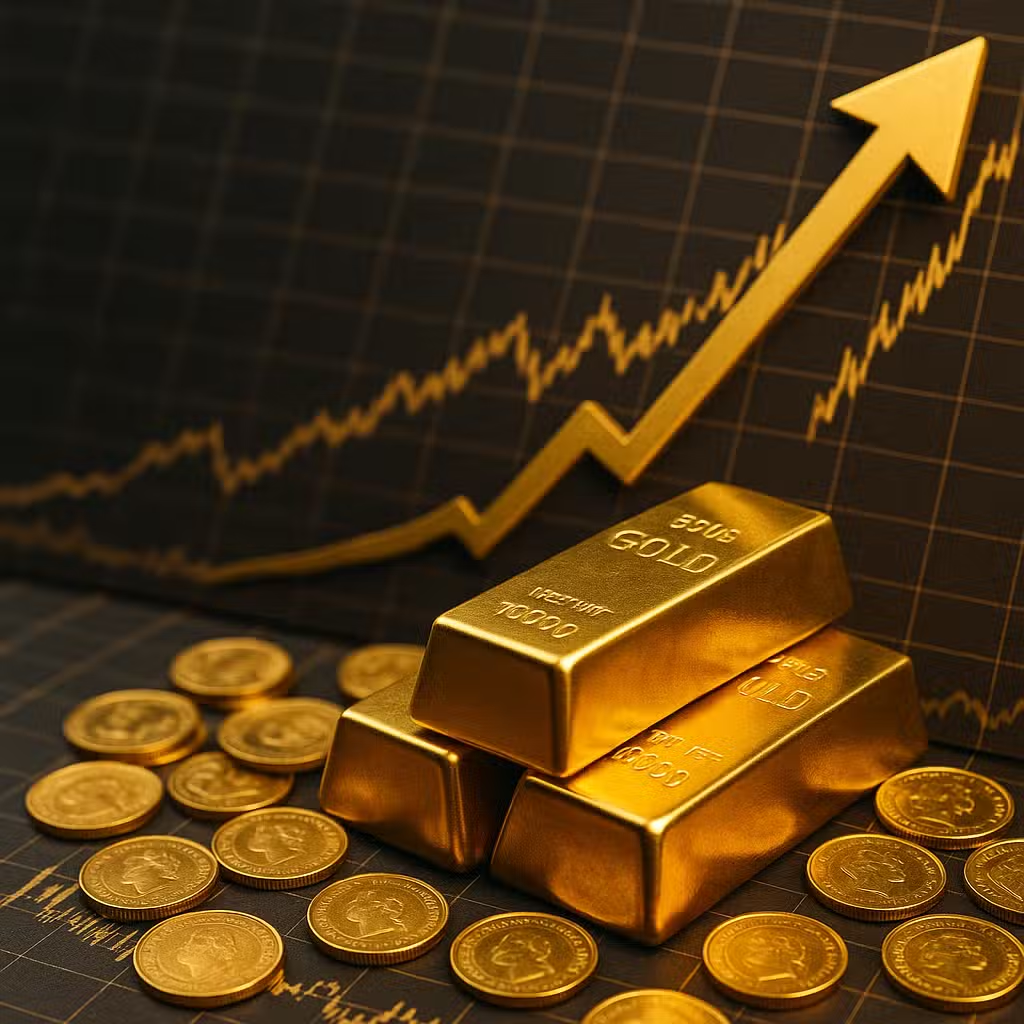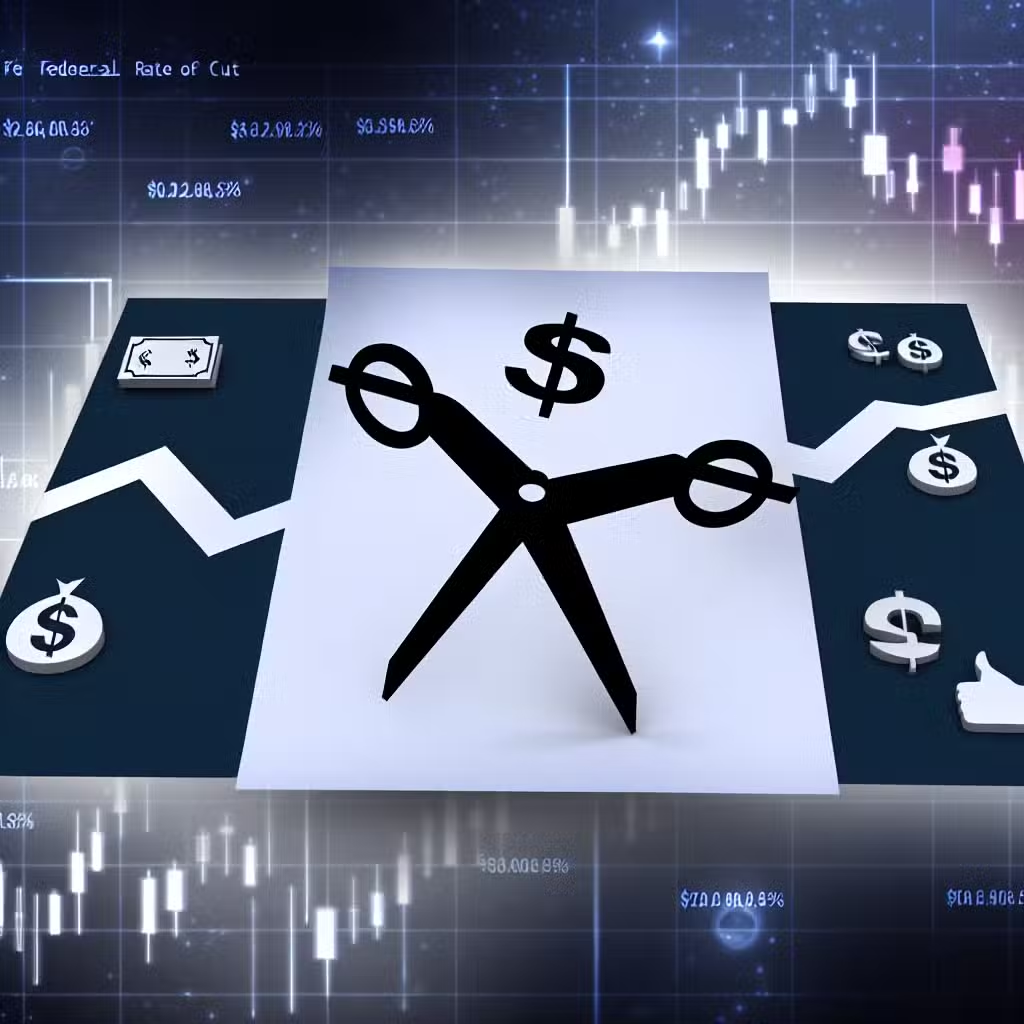Gold Surges 56% This Year, Signaling Strong Returns and Safe Haven Appeal for Investors
Think of gold prices like the weather—sometimes calm, sometimes stormy, and always something people keep an eye on because it affects their plans. Understanding what’s happening with gold can help investors know when to pack an umbrella or sunglasses for their portfolios!
Why Gold Prices Matter for Investors
Gold isn’t just a shiny metal for jewelry—it’s a big deal for investors. When gold prices move, it can impact stocks, bonds, and even the value of your savings. Lately, gold has been climbing fast, so it’s worth a closer look.
What’s Happening with Gold Prices?
On Monday, gold futures opened at $4,007.20 per ounce, almost the same as Friday’s close. But soon after, prices jumped above $4,100. That means gold futures are up a whopping 56% since the beginning of the year. That’s like turning every $100 in gold into $156 in just a few months!
- One week ago: +0.8%
- One month ago: +1.3%
- One year ago: +49%
Just two weeks ago, gold futures were already up over 50% from the year before.
For comparison, the average annual return for the S&P 500 over the last 50 years is about 10% (Statista). Gold’s recent run is far above that!
Why Is Gold Going Up?
Many things can make gold prices rise. Here’s what’s pushing gold higher right now:
- Uncertainty about interest rates: The Federal Reserve uses economic reports to decide if it should change interest rates. Right now, there’s a 65% chance rates could go down next month, according to the CME FedWatch tool.
- Government shutdown drama: Shaky government funding can make people nervous, so they buy gold as a “safe haven.” The Senate is working on a bill to fix this, but worries remain.
- Weak economic reports: Bad news about the economy, trade tariffs, and a weaker U.S. dollar all make gold more attractive.
Bull vs. Bear: The Case for and Against Gold
- Bulls (Optimists) say:
- Gold is a safe place to park money when markets feel shaky.
- Central banks are buying more gold, which shows global confidence in the metal.
- Gold often goes up when the dollar is weak or inflation is high.
- Bears (Skeptics) say:
- If interest rates rise, gold could fall because other investments might pay more.
- If the government solves its problems and the economy improves, people may sell gold and buy stocks instead.
- Gold doesn’t pay dividends or interest, so it can underperform in strong markets.
How Gold Is Priced
Gold prices come in two main flavors:
- Spot price: The current price for buying physical gold, like bars or coins. This is usually lower than what you’d pay at a store because stores add a “premium” for their costs and profit.
- Futures price: The price for a contract to buy or sell gold later. These are traded on exchanges and can be more “liquid” (easier to buy and sell fast).
Gold ETFs (exchange-traded funds) usually follow the spot price. Futures are for people who want to trade gold like stocks.
What Moves Gold Prices?
- Big world events (wars, elections, etc.)
- Central banks buying or selling gold
- Inflation (when money buys less than before)
- Interest rate changes
- How much gold is being mined
According to the World Gold Council, central banks added 1,136 tons of gold to reserves in 2022, the biggest yearly increase since 1950 (World Gold Council).
Investor Takeaway
- Keep an eye on gold if you want to balance out risk in your portfolio—gold often does well when stocks struggle.
- Consider gold ETFs or futures if you want exposure without storing physical gold.
- Watch what central banks and the Fed do next—changes here can move gold prices fast.
- Don’t forget that gold can go down, too, especially if the economy gets stronger or interest rates rise.
- Use gold as a piece of your investment puzzle, not the whole picture.
For the full original report, see Yahoo Finance







